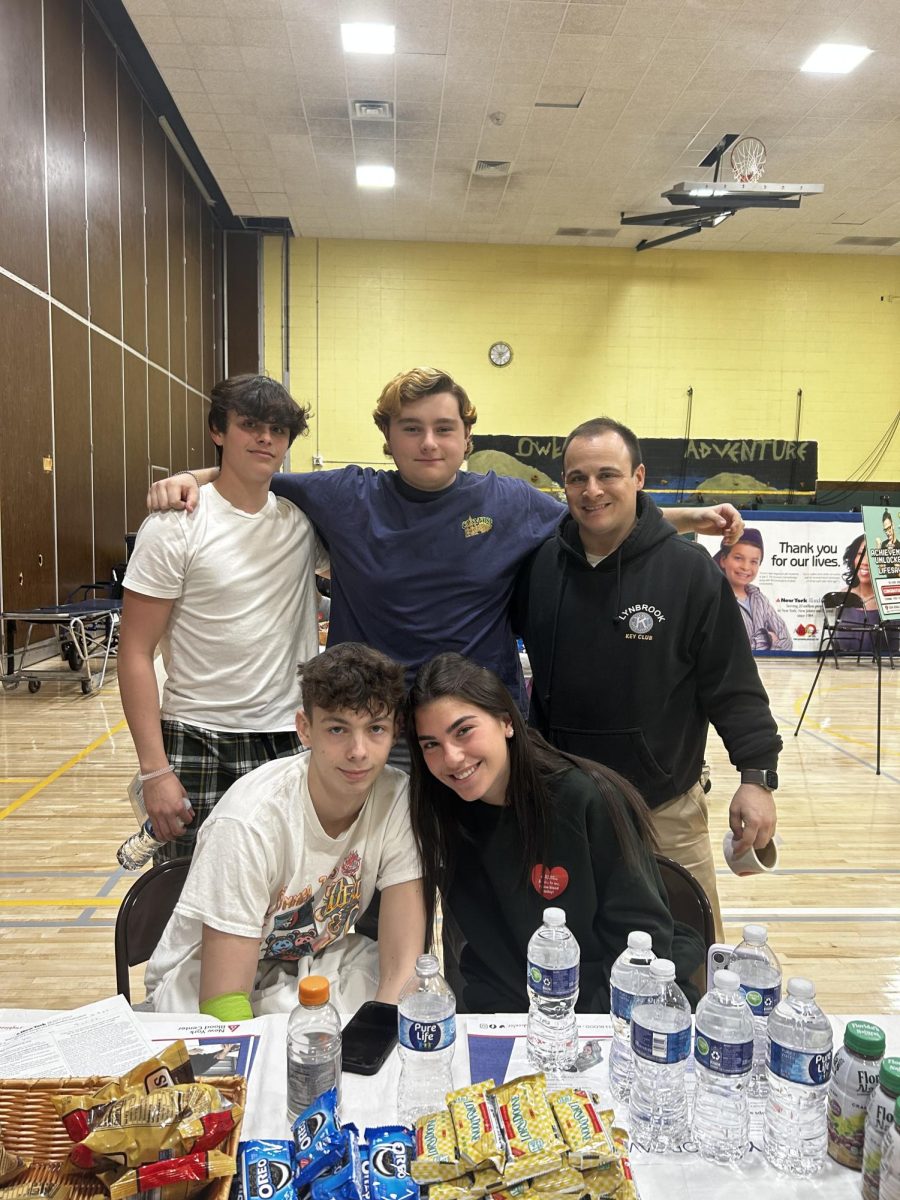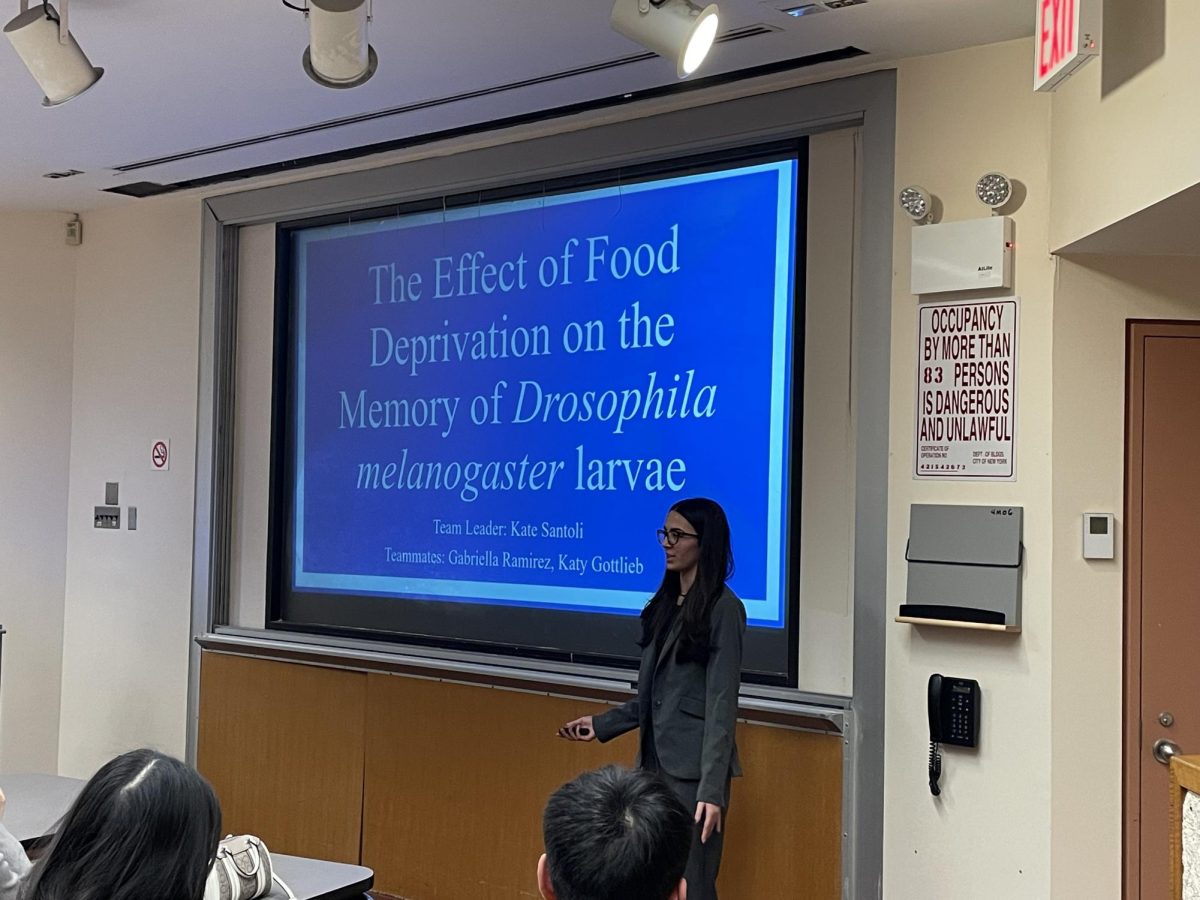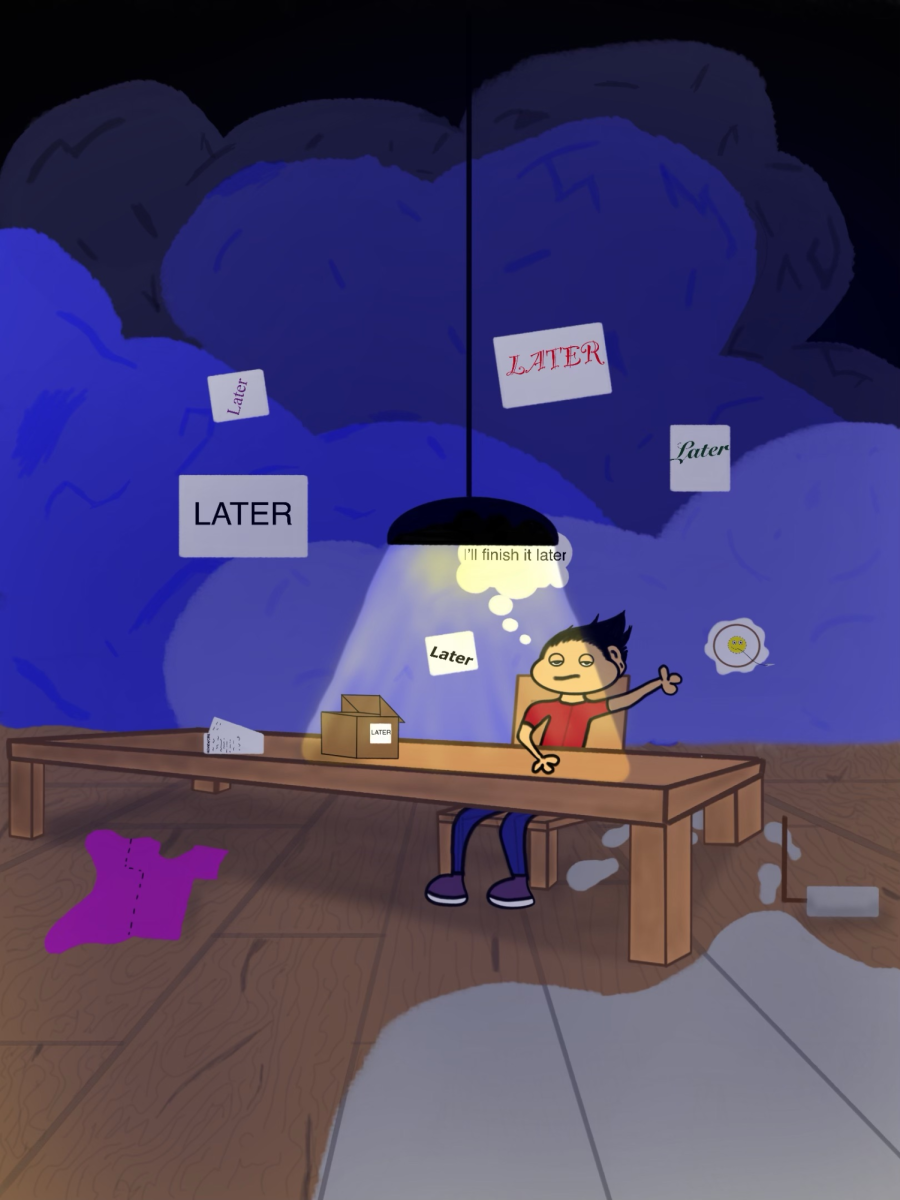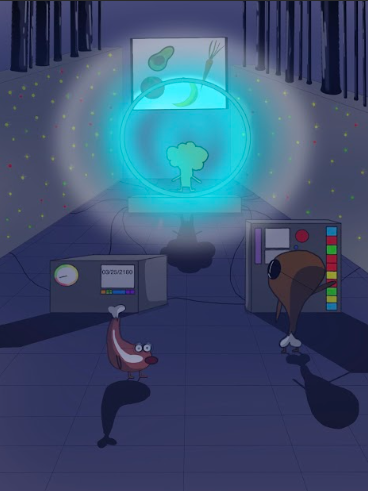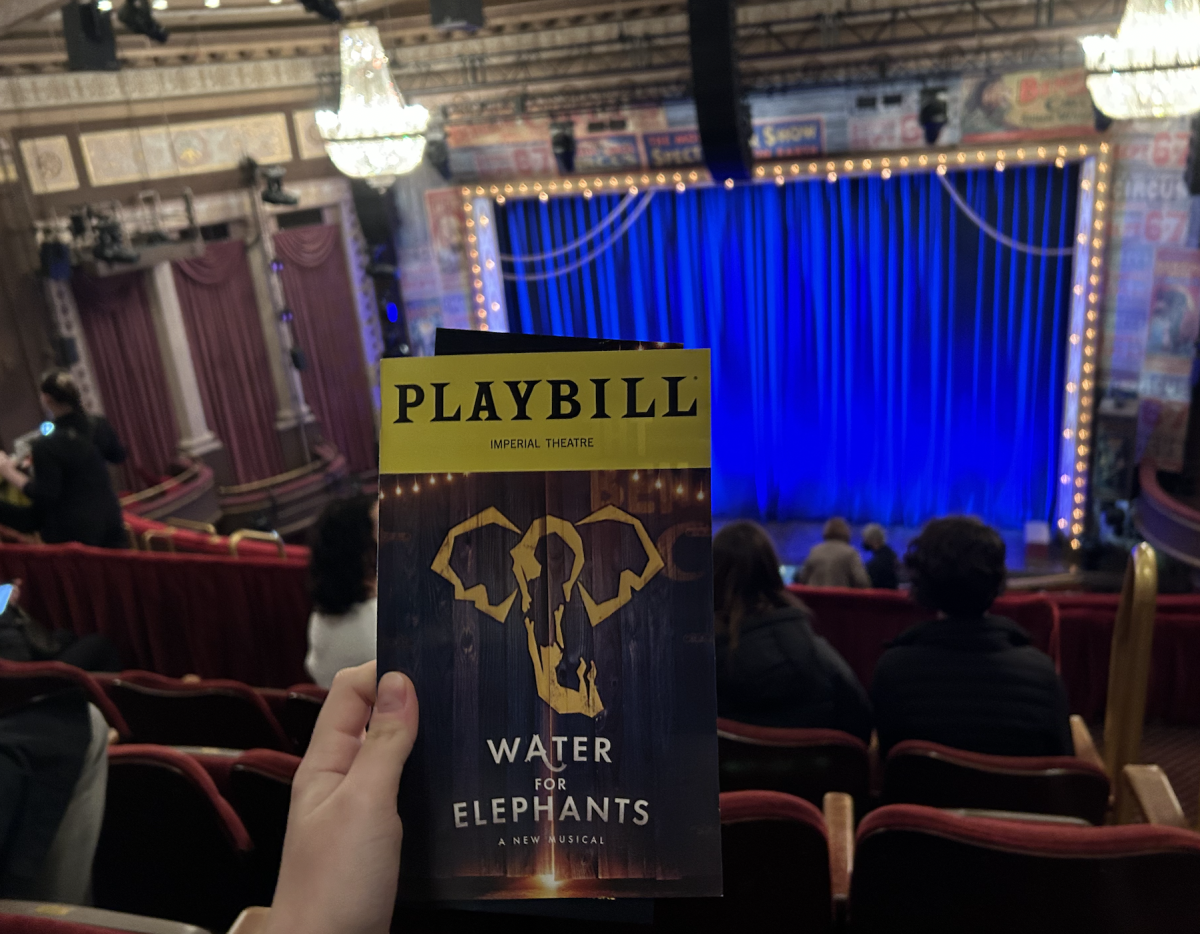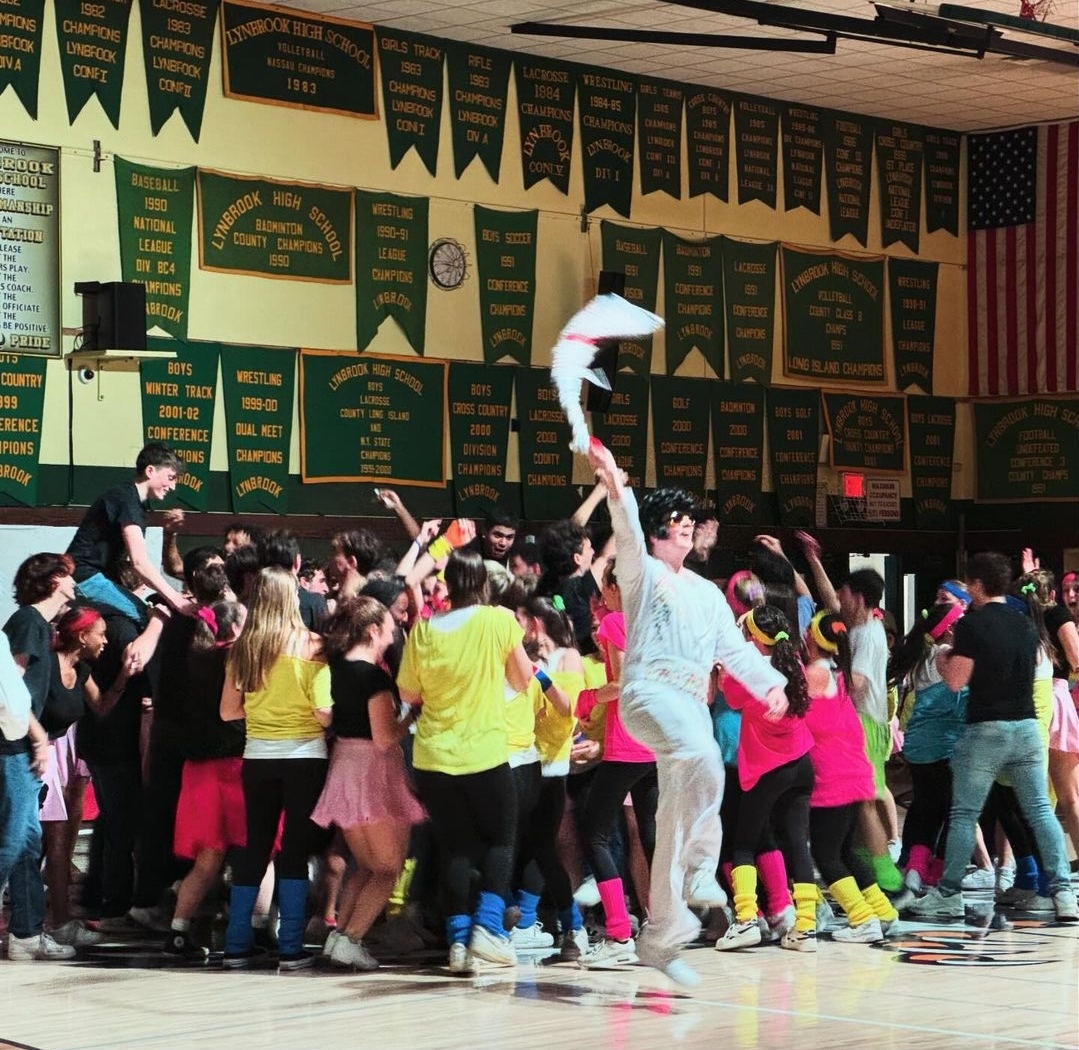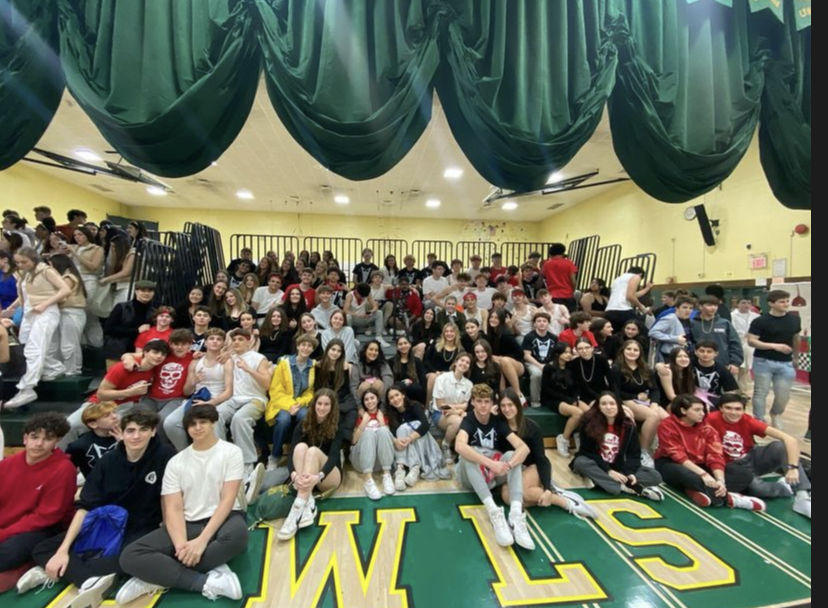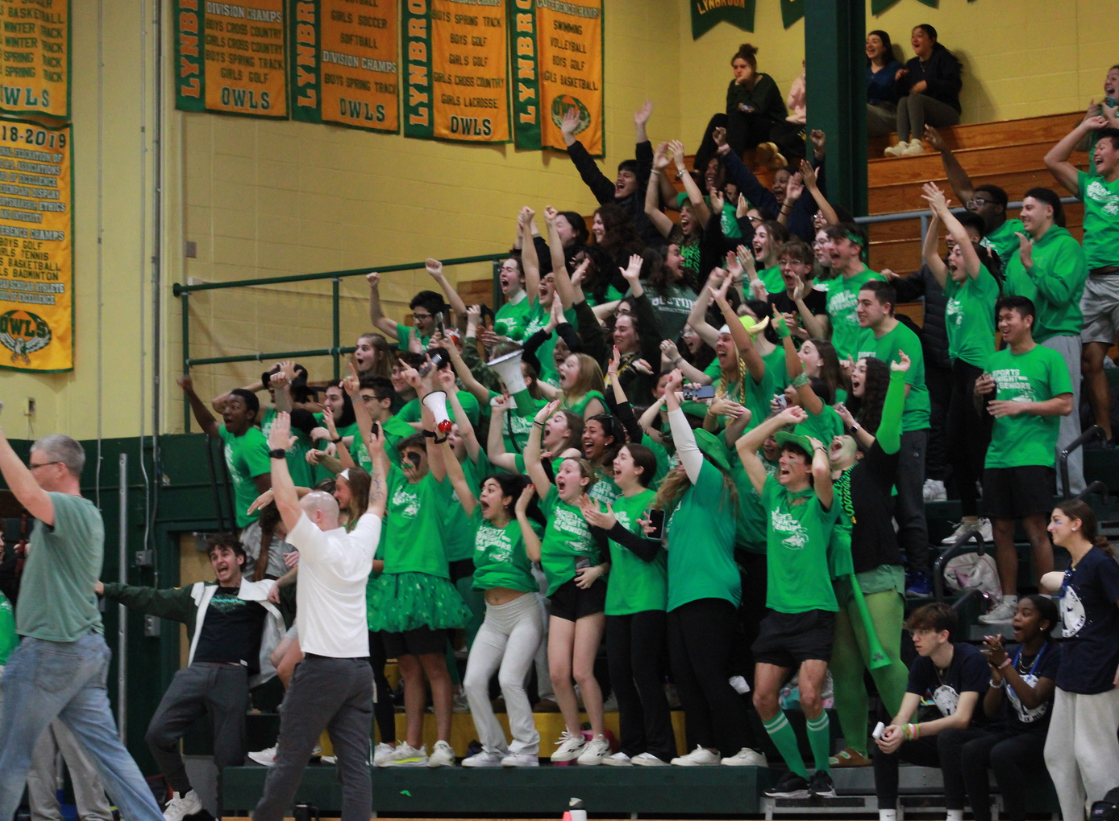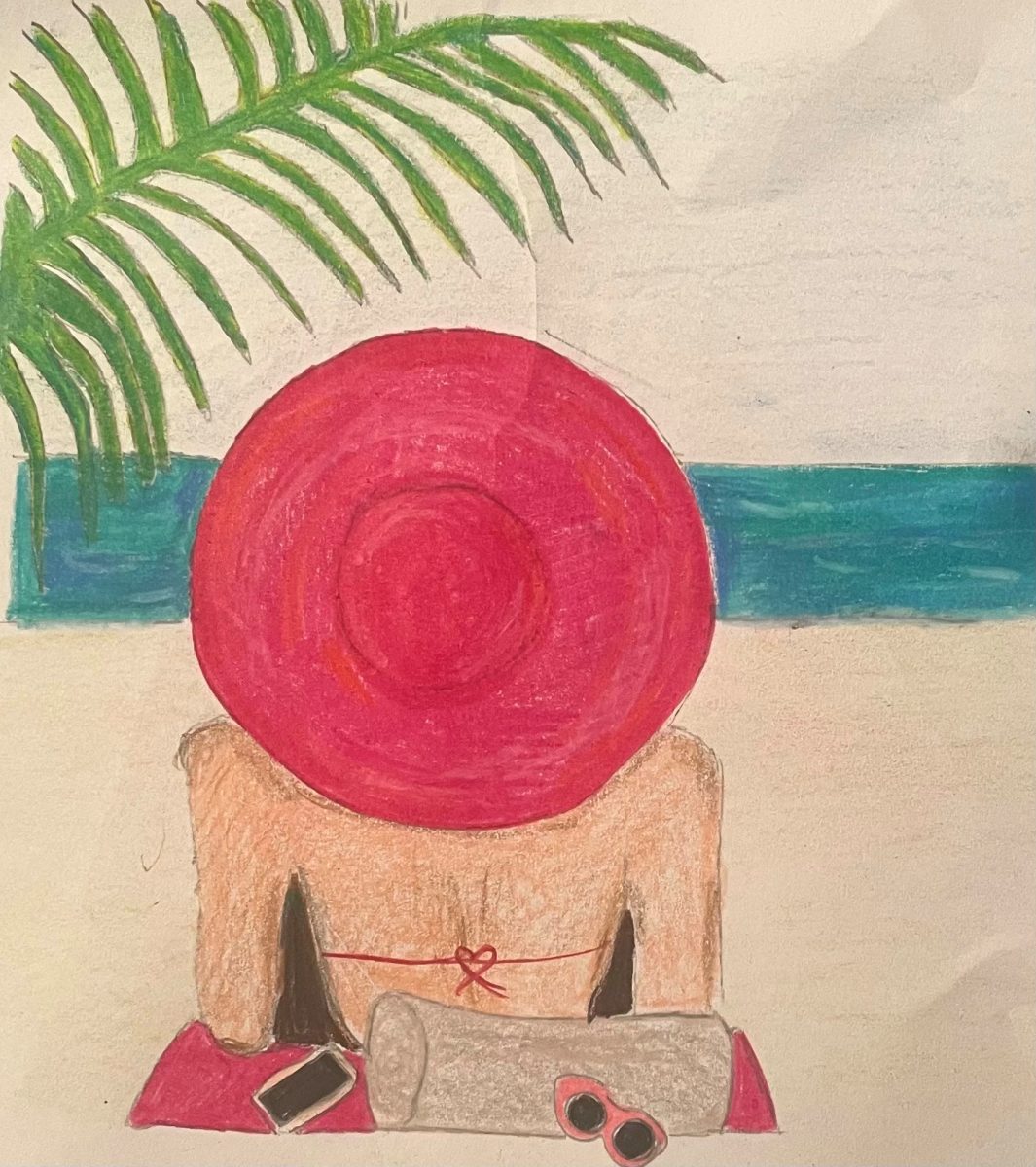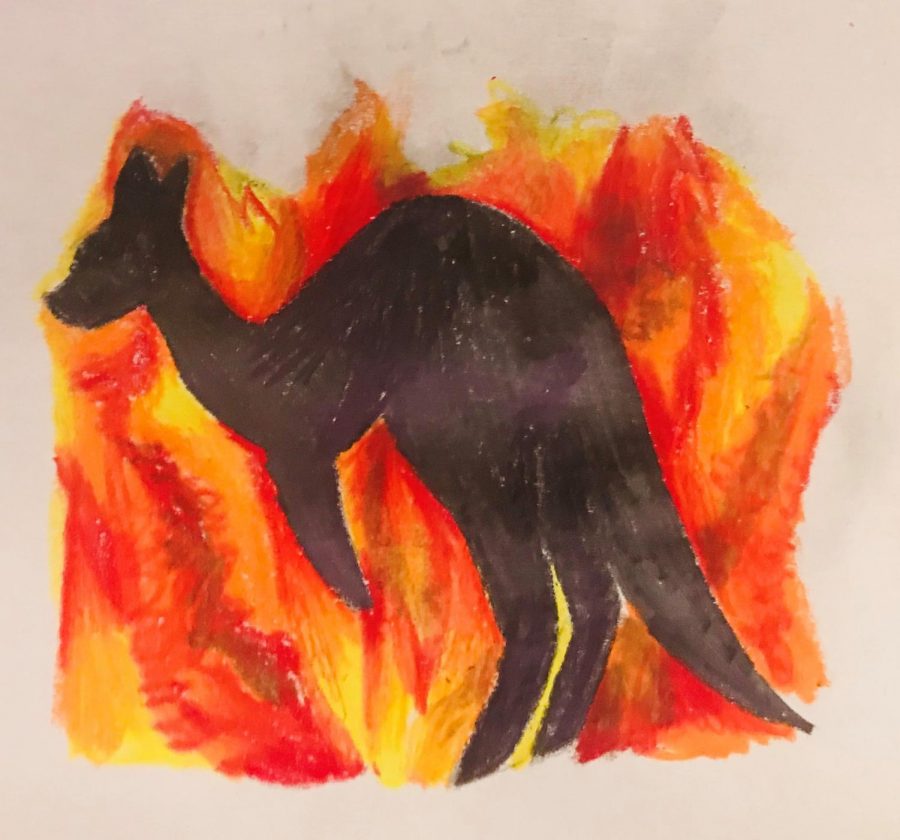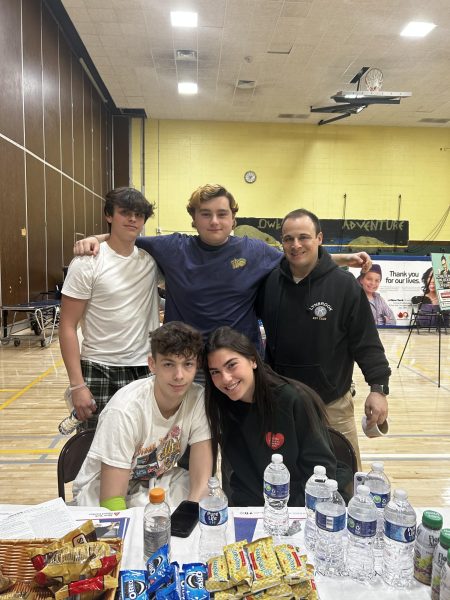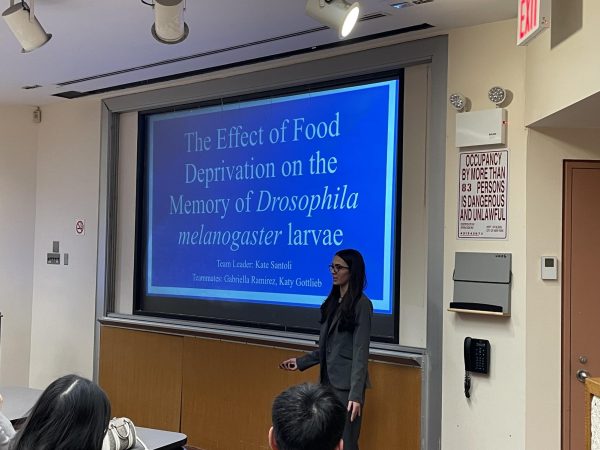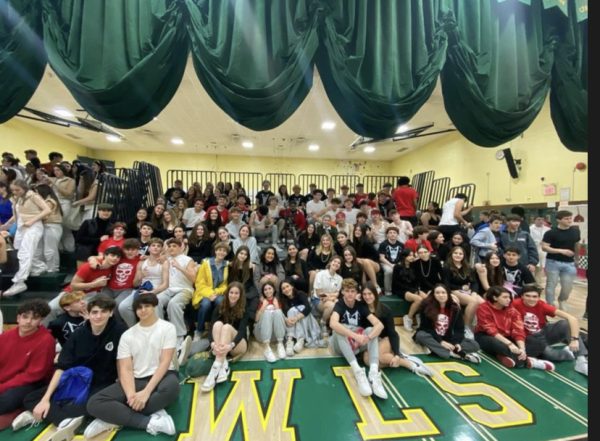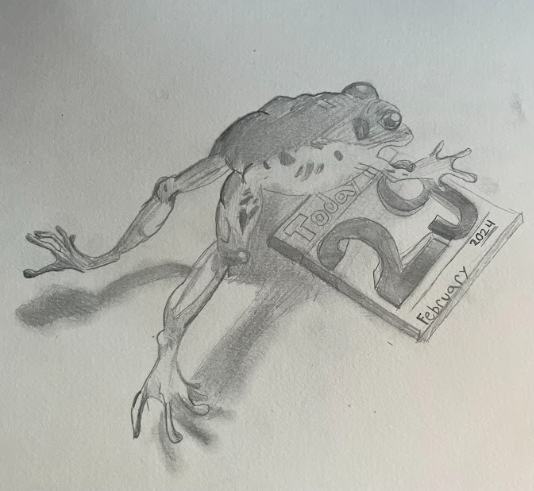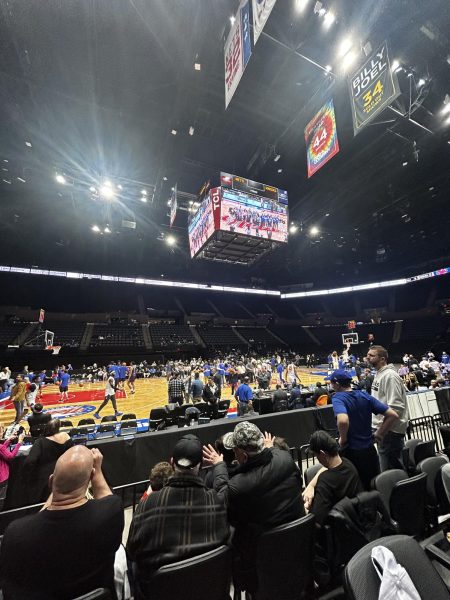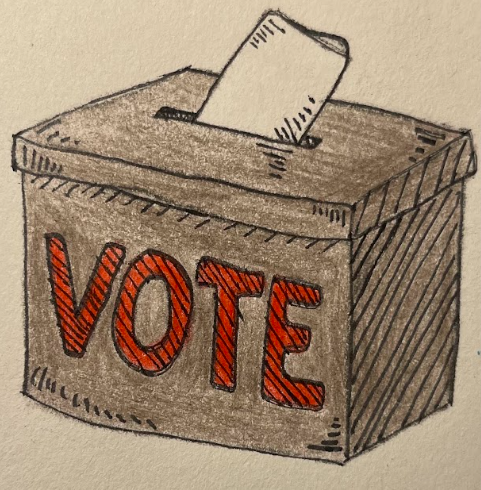Australia on Fire
It is typical for this time of year to be fire season in Australia, but the unfortunate mix of weather conditions has created a ravaging fire that has not been quelled. Australians are accustomed to fire season; it occurs every year. However, CNN revealed that a recent drought, in which people were “trying to fight for water,” sparked this disastrous situation. Over 17.9 million acres have been burned, and over 100 fires are currently burning more land. The crisis does not stop there; billions of helpless animals have been left either dead, hurt, or homeless, The Sydney Morning Herald recently shared. The travesty that is occurring has brought forces together as firefighters from nations all over the world risk their lives to combat the blazes, and people worldwide have taken money from their pockets to aid Australia.
Due to climate change and recent droughts, there were “over a dozen towns without a reliable water source,” according to a New York Times article titled “The Outback of Australia is Being Parched Within a Drop of Its Life.”Along with this, many towns and cities in Australia were faced with struggles to obtain clean water: “With the country’s driest spring on record just concluded and another hot, parched summer likely to be ahead, the challenge of keeping Australia hydrated is becoming more urgent,” The New York Times explained. The New York Times also reports that global warming is reaching an alarming rate, making the climate of Australia “drier and more unpredictable” (New York Times). But, critics are arguing that one thing was predictable: the ferocious and unstoppable fires. Senior member of the animal activist club Andie Glanzer explained that “Australia is naturally prone to fires because of its climate, but climate change is making it hotter and more arid in Australia, which is fueling the fires.”
Towns all over Australia knew they needed water, not just to drink, but to stop fires that were off to a ferocious start. This lack of water caused citizens to, according to The New York Times “Fear that they might not be able to stop any blazes that ignite.” Global warming is a major cause of the fires. “Due to the earth’s continuous increase in temperature, weather patterns have become more volatile, which is what contributed to the fires,” junior Madison Crofts, member of the environmental club, shared. Lia Cohen, a senior and also a member of the environmental club, elaborated on this: “Climate change has created a ‘perfect storm’ for the bushfires. The drastic increase in temperature, combined with the decrease in rainfall, has allowed for fires to burn in Australia like never before.” According to CNN (cnn.com) records show that Australia has been experiencing “one of the worst droughts in decades,” along with “extremely strong winds.” The bad weather is not the only thing that has started fires; at least 24 people are on record to have contributed to igniting fires, reports CNN. Mrs. Magick Dennis, a resident of a small outback town, Euchareena, told The New York Times on Dec. 9 that Australia was a “tinderbox waiting to go up.” She was right.
In Australia, 17.9 million acres have been destroyed so far by these disastrous blazes, CNN revealed. In comparison, the wildfires that broke out last year in the Amazon burned 17.5 million acres, and the devastating California wildfires burned 247,000 acres. Towns have burned down due to these types of destructive fires, and lives have been lost, but the magnitude of the Australia wild fires is unprecedented.
The most damage has been done in New South Wales; “1,588 homes have been destroyed and over 650 homes have been damaged,” CNN reports. Twenty- eight people have perished from this natural disaster, four being firefighters. The Australian shares that there have been four fire-related deaths in New South Wales. This is “awful and scary,” Glanzer commented. “If it can happen in Australia, it can happen in America,” she added.
New South Wales and Victoria are the two places that have been affected most; at its highest point there were 105 fires burning in New South Wales, and the fires in Victoria have burned almost three million acres of land, reports the BBC. Along with the land damage, many animals have died because of the fires; CNN shared that “half a billion animals have been affected,” and this number does not include insects or bugs. Animals have been trapped and died in the fires, and many have been forced from their homes. Species of frogs and birds indigenous to New South Wales “could be wiped out,” and “one third of koalas in New South Wales may have been killed” reports CNN. Farmers are in distress and estimate that 100,000 cattle and sheep will be lost due to the fires. The immediate distress is clear, but long-lasting effects are possible as smoke spreads across the continent. News.com explained that major cities, such as Sydney and Melbourne, are filled with smoke. Because of the fires the Australian capital, Canberra, has seen some of the worst smoke pollution, with its air quality being rated the third worst of all major global cities. Black carbon has spread over 7,000 miles from the site of the fires.
Over 2,000 firefighters have gone to New South Wales to fight the fires, and countries like the United States, New Zealand, and Canada have all sent help. Military forces have been a part of the aid, and navy cruisers have been influential in helping evacuate people and animals, search for lost items, clean up the mess in Australia, and fight the fires. Corporations, organizations, and wealthy people all over the world have taken large sums of money and donated to the struggling nation. Chevron and McDonalds have made significant contributions. ABC News reported that Leonardo DiCaprio is active in an organization called Earth Alliance, and, together, he and the organization have donated $3.4 million. Other big names such as Kylie Jenner, Keith Urban, and Pink, have each donated up to $1 million. The donations given have contributed greatly in aiding to extinguish the fires; Cohen explained that this made her feel “hopeful [because] the number of celebrities donating is greatly contributing to the united effort we to help hinder the fires and climate change as a whole.” Celebrities’ donations are helpful to Australia for obvious reasons, but also “might push people who wouldn’t normally donate to do so because their favorite celebrity did,” explained Crofts. Cohen elaborated that “the publicity of their donations is helping to raise awareness for the issue.”
A recent report by The Australian has stated that the “weather conditions [on the south coast] have ‘improved’ and the fire risk ‘had eased,’” but that does not mean the damage will not be long-lasting. Although the end may not be in sight, people and organizations from all over the world are doing their best to help in ending this disaster.

I am Sophie Ward, and I am a managing editor for lhshorizon.com. I am a member of the Class of 2022. I love playing tennis and working out. I also enjoy...

